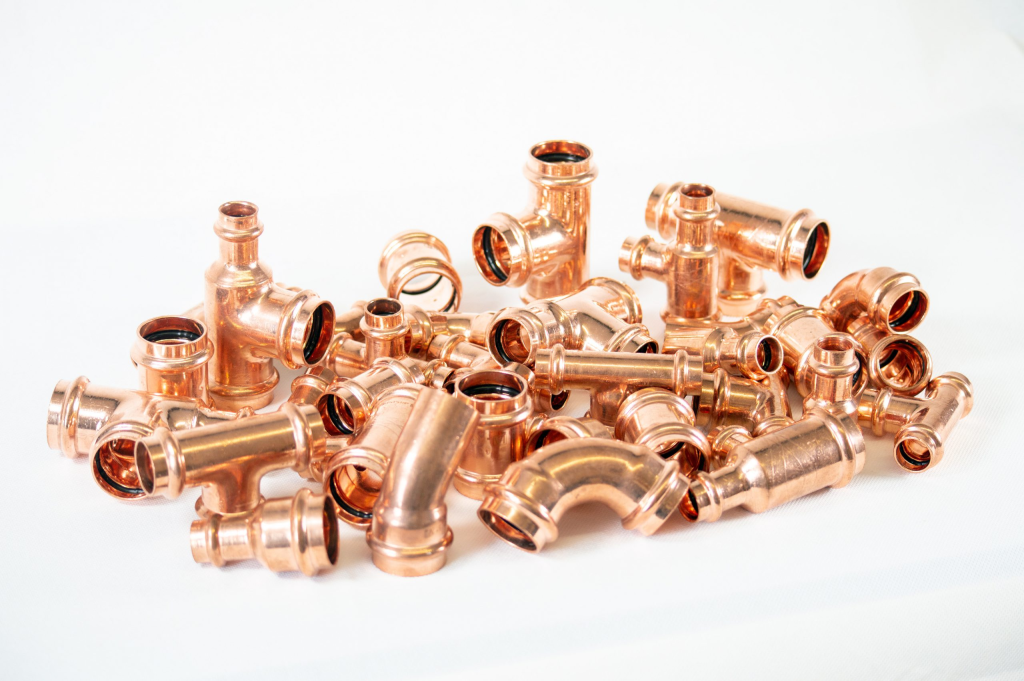Find Out More About Copper Fittings Malaysia
Fittings are designed for a systematic and organized look, as well as being a vessel for liquids such as hot and cold water for easy transportation in and out of our homes and other industrial places. There are various types of fittings available, all designed for various purposes such as conduit fittings, copper fittings Malaysia, steam fittings, and so on and so forth. For this light read, let’s take a closer look at the definition and the uses of copper fittings in our daily lives.
What are Copper Fittings?
In plumbing systems, copper fittings are used to join together lengths of copper tubing used for both hot and cold water supply lines. Rigid and flexible copper pipe or tubing are the two most common varieties.
Both types of the copper pipe are compatible with copper fittings. Rigid pipe is more common in newly constructed homes and allows for a more streamlined installation process. Repairs are best accomplished with flexible copper pipe, which may be routed around obstructions without the need for fittings or cuts.
What are The Advantages of Using Copper Fittings?
Copper fixtures outperform aluminum ones by a factor of nearly eight in terms of strength and thermal operating capabilities. Corrosion is another problem it has a much lower chance of having. The weather can’t do much to wear down copper plumbing fixtures.
Not only does it provide excellent resistance to burning, but it is also unaffected by ultraviolet radiation and doesn’t release poisonous fumes in the event of a fire. Also, it is easy to recycle and has a low impact on the environment, and it may be connected together with solder for strong, dependable couplings.
What are Copper Fittings Normally Used For?
Copper plumbing fixtures contribute to the distribution of potable water free of harmful bacteria and other contaminants. Additionally, it facilitates the transport of water for both consumptive and non-consumptive purposes, such as the washing of clothing and hair, the cultivation of plants, and the preparation of food.
Moreover, copper fittings contribute to the distribution of natural and liquefied petroleum gas to homes and commercial structures alike. This is because it makes it possible to establish gas distribution systems even in places with inadequate pipe space. Other than that, it aids in the transport of essential medicinal gases used in the treatment and rehabilitation of patients. It’s versatile enough to transport any gas while keeping it unadulterated throughout transit.
The Types of Copper Fitting Available
Fittings for pipes also change based on the material being utilized. There are two main varieties of copper used to make pipes and fittings:
Soft Copper
Copper tubes and pipes are so malleable that they may be twisted and rerouted around any obstructions in their course. The only tubing that can be used with flare connections is soft copper tubing. For instance, split-system air conditioners and heat pumps frequently use soft copper for their refrigerant lines.
Rigid Copper
Copper rigid pipes are frequently used because of their durability and low maintenance requirements for transporting water. Copper piping is joined together by compression or a sweat connection when it is rigid. Rigid copper, as its name implies, cannot be bent, hence it requires elbow fittings in order to move around corners or around obstructions.



